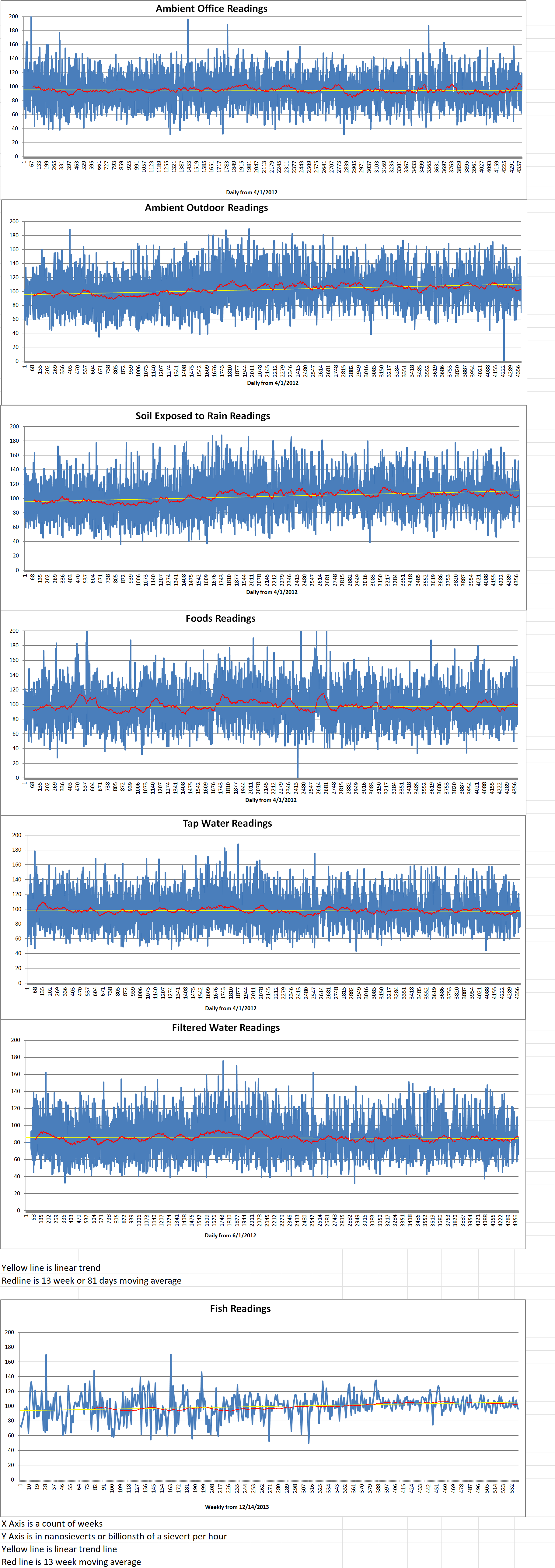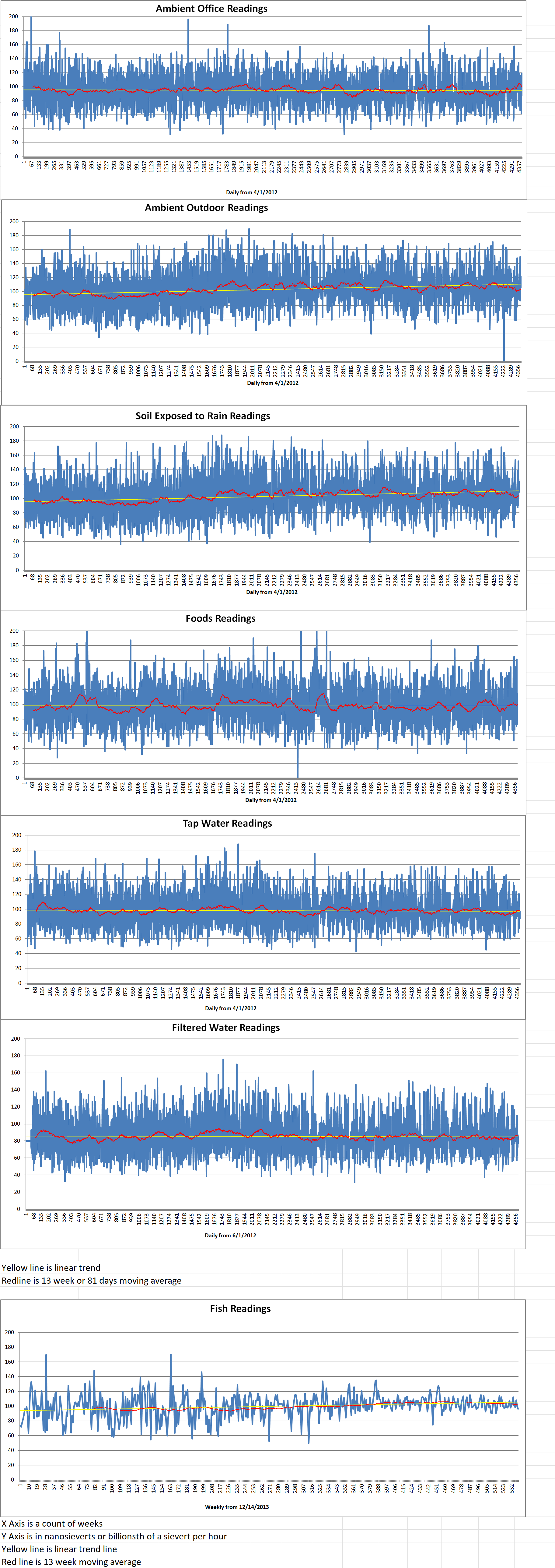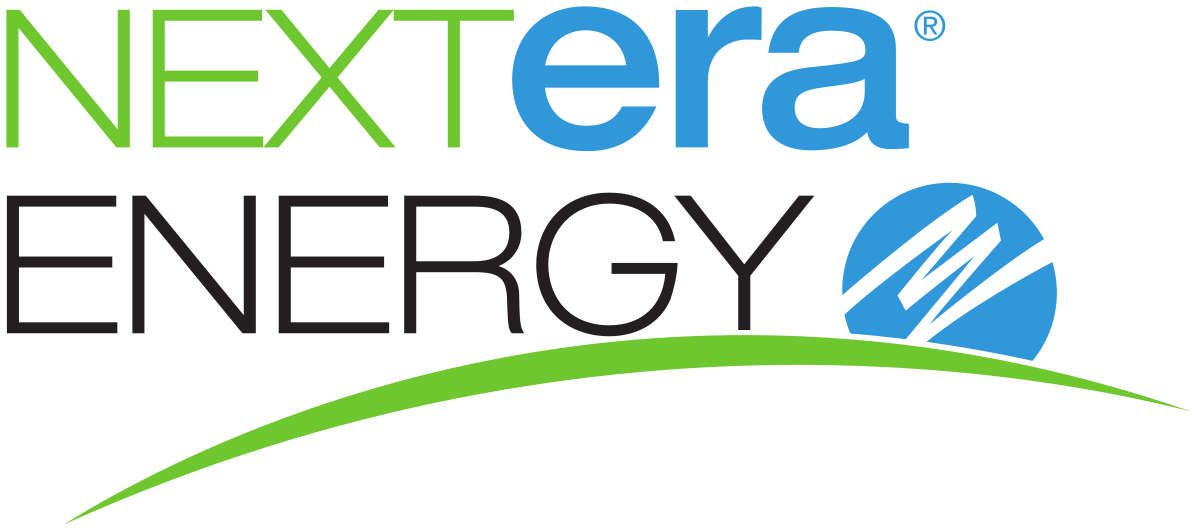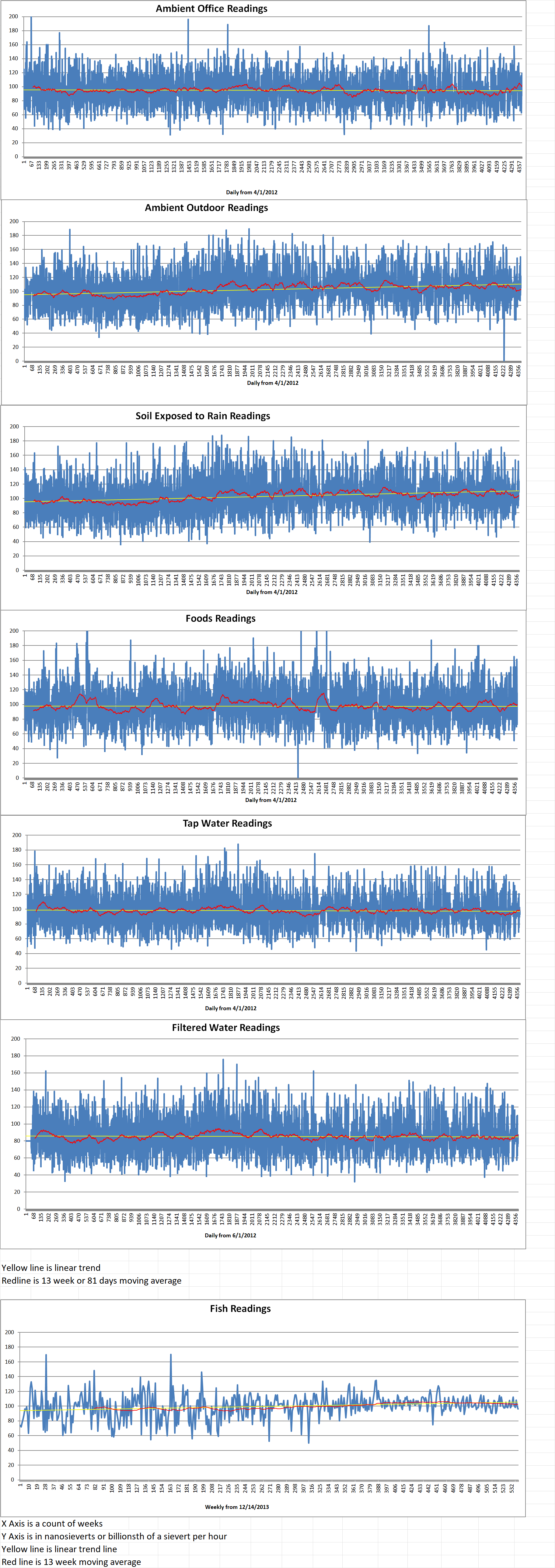Weeks ago, Michigan Gov. Gretchen Whitmer announced that the Palisades Nuclear Power Plant is set to reopen. Since then, the Nuclear Regulatory Commission (NRC) continues to find alarming levels of equipment damage unexpectedly caused by the extended shutdown of the plant.
The plant was designed in 1960 and never upgraded to include modern industry-standard safety measures. It was shut down in May 2022 and sold the next month to Holtec International. Since then, the company has received a one and a half billion-dollar loan from the U.S. Department of Energy and a one billion three hundred million dollar grant from the Department of Agriculture, as well as three hundred million-dollar grant from Michigan 2025 budget to restart the plant. If all goes according to plan, Palisades is expected to be the first nuclear power plant in American history to be successfully restarted.
However, the multiple new safety issues recently discovered by the NRC and analyzed by nuclear experts may delay or even permanently halt the project.
The NRC’s October report revealed rapid degradation of the plant’s steam generator tubes since its last inspection in 2020. Stress corrosion cracking now affects up to fourteen hundred steam generator tubes across both units. Some cracks neared ninety percent through-wall depth in just one operating cycle. This undermines the plant’s ability to safely return to service.
Part of the unexpectedly rapid damage is due to the age of the two steam generators and tubes. They were installed in 1990 using Alloy 600 material, which is now known for its particular susceptibility to stress corrosion cracking. Additionally, the tubes were improperly stored during the two-year shutdown period. This caused seven hundred tubes in one steam generator and two hundred and forty-eight in the other to now require significant repair.
Alan Blind is a former nuclear plant manager and design engineering manager at Palisades who has spent forty years holding high positions in the nuclear industry. He has urged the NRC since July to rigorously investigate the plant and ensure that it complies with modern safety regulations.
Blind said, “The Palisades restart is unprecedented. It represents the first time a plant with such thin safety margins and outdated design has been considered for reactivation. Palisades has not been modernized to meet current safety standards…The concern is that stress corrosion cracking can lead to sudden tube rupture under accident conditions, allowing radioactive material to bypass containment structures.”
The situation at Palisades is certainly not unique. New York’s now-shuttered nuclear plant Indian Point Energy Center was set to reopen in 2000. However, years of closure had generated similar safety issues that ultimately ended the venture.
Nick Culp is the Holtec Palisades’ senior manager of government affairs and communications. He said in an interview that the company remains optimistic that the plant will be restarted by fall 2025.
Culp said, “The latest information will not derail [Holtec] from its timetable.” Holtec’s plans to stabilize and plug all damaged tubes, rather than take the costly and time-consuming route of replacing the tubes.
Blog
-

Nuclear Reactors 1441 – Holtec Plan To Reopen The Palisades Nuclear Power Plant On Hold Because Of Safety Issues
-
Nuclear News Roundup Oct 31, 2024
China eyes expansion of radioisotope industry world-nuclear-news.org
Rosatom 3D-prints first part for use in a nuclear facility world-nuclear-news.org
Air Force fires a commander at Montana nuclear missile base after investigation taskandpurpose.com
UN Nuclear Chief Plans Iran Visit To Tackle Disputed Atomic Program themedialine.org
-

Geiger Readings for Oct 31, 2024
Ambient office = 108 nanosieverts per hour
Ambient outside = 111 nanosieverts per hour
Soil exposed to rain water = 109 nanosieverts per hour
Beefsteak tomato from Central Market = 94 nanosieverts per hour
Tap water = 87 nanosieverts per hour
Filter water = 80 nanosieverts per hour
-

Nuclear Technology 1 – The China National Nuclear Corporation Just Announced The Production Of A Semiconductor Chip That Can Detect Radiation
A state-owned nuclear technology company in China has announced that it is starting mass production of a world-first chip that can detect radiation. The announcement adds to the long list of semiconductor related breakthroughs that have come from the China in the past few years.
The claim of production of chips that can detect X-ray and gamma radiation has come from the China National Nuclear Corporation (CNNC). According to a report by the South China Morning Post (SCMP), the claim was made by the company in a statement that was released on the CNNC WeChat channel.
According to the SCMP report, CNNC claims that its chip can “measure dose rates of X- and gamma-ray radiation ranging from 100 nanoSievert per hour to 10 milliSievert per hour.” The Chinese company also claims that its chip can be used for a broad number of applications. These include monitoring radiation emissions in all types of settings such as nuclear-related workplaces like reactors, weapon plants, and more. Further, it can also be used in places with proximity to radiation zones to keep a tab on the rise or fall of levels.
A normal flight on a commercial plane can lead to a typical dose rate of roughly three thousand nanoSievert per hour. In a natural setting, it is around sixty to two hundred nanoSievert per hour.
One of the important features of the chip is that it is quite small. It measures just 15 mm by 15 mm by 3 mm. The small size does not hinder its performance or its abilities and CNNC says that it can be compared to a Geiger-Muller counter for efficiency.
The small size will enable the chip to be inserted into smartphones or even attached to unmanned aerial vehicles or ground drones. The phones, or drones, can be used as smart devices for measuring radiation at the desired places.
The chip can function on the extremely low power of one milliwatt and it can detect energies from fifty kiloelectron volts to two mega electron-volts.
CNNC also states that the whole development of the chip from design to production has been carried out in its factories, by its own team of engineers. This is also a significant development because the U.S. had been sanctioning companies from supplying semiconductors and artificial intelligence (AI) chips to China and Chinese firms.
Earlier this year, analysts predicted that China might be able to overtake the U.S. in important sectors such as semiconductors, electric vehicles, quantum computing, nuclear power, and material science. Analysts at the Information Technology and Innovation Foundation (ITIF), a think tank based in Washington, came to this conclusion after closely tracking the progress and innovation capability made by forty Chinese firms.
For a long time, China had been considered a copycat in innovation with good reason. However, in recent years, the situation has changed. China has become the second-largest economy in the world, and the Chinese government and companies have invested heavily in research and development of high-value technologies. All of these factors have resulted in China’s rising dominance in several key areas. -
Nuclear News Roundup Oct 30, 2024
Three sentenced to death in Iran over killing of top nuclear scientist Aljazeera.com
UK energy system operator recognizes role of nuclear world-nuclear-news.org
US microreactor company invests in laser enrichment world-nuclear-news.org
Presidents look to strengthen Kazakh-French partnership world-nuclear-news.org
-

Geiger Readings for Oct 30, 2024
Ambient office = 99 nanosieverts per hour
Ambient outside = 116 nanosieverts per hour
Soil exposed to rain water = 113 nanosieverts per hour
Garlic from Central Market = 80 nanosieverts per hour
Tap water = 93 nanosieverts per hour
Filter water = 86 nanosieverts per hour
-

Nuclear Reactors 1440 – NextEra Considering Reopening Duane Arnold Energy Center Nuclear Power plant
John Ketchum is the CEO of NextEra Energy. He says that “There are only a few nuclear plants that can be recommissioned in an economic way, and newer technologies like small modular reactors remain financially infeasible.”
NextEra Energy continues to evaluate the possibility of reopening the Duane Arnold nuclear power plant in Iowa amid growing interest from data center companies Ketchum told investors Thursday during a third quarter earnings call.
Ketchum said that Duane Arnold’s boiling water reactor could make it easier to restart and operate economically than other nuclear power plants. New nuclear technologies such as small modular reactors (SMRs) remain uneconomical.
Ketchum added that nuclear power will likely supply just a fraction of the nine hundred gigawatts the U.S. needs to add by 2040 to keep up with demand.
Despite the recent fervor among tech companies and investors about nuclear energy, Ketchum contended that renewables and storage will likely play a greater role in satisfying new energy demand for at least two decades to come.Ketchum said, “Nuclear will play a role, but there are some practical limitations. There are only a few nuclear plants that can be recommissioned in an economic way … But even with a one hundred success rate on those recommissionings, we would still only meet less than one percent of that [new] demand.”
According to Jefferies Research Services, expert analysts had anticipated that NextEra might announce a deal to restart the six hundred megawatt Duane Arnold plant during the Thursday call despite potential challenges such as competition with robust regional wind resources, And although the expected announcement did not come, Ketchum said that the plant could be among the few that could be reopened and operate economically. NextEra is currently carrying out engineering assessments and speaking with local stakeholders about what it would take to reopen the plant.
However, Ketchum said he was “not bullish” on the newer SMR technology. NextEra has an in-house team dedicated to SMRs but so far they have not drawn favorable conclusions about the SMR technology.
Ketchum added that “A lot of [SMR equipment manufacturers] are very strained financially. There are only a handful that really have capitalization that could actually carry them through the next several years.”Ketchum also raised questions about the availability of nuclear fuel in the United States, and he noted that SMRs remain “very expensive” even as the cost of renewable energy sources continues to fall. “We’re prioritizing other generation resources at this time. Renewables are here for the long haul.”
Ketchum also announced that NextEra had secured two framework agreements for the potential development of up to ten and a half gigawatt of renewables and storage to be built through 2030. Although NextEra executives said they were not yet able to identify which companies had countersigned the agreements, they described them as “Fortune 50” companies outside the tech industry.New power demand from data centers and tech hyperscalers amid an increasingly limited supply of new generation projects has increased pressure on other industries that are also looking to secure renewable energy, Ketchum said. “All ships are rising with the tide here because they may be facing higher power prices down the road.”
NextEra reported a net income of one hundred and eight five billion, compared to one hundred two hundred and two billion in the third quarter of 2023. -
Nuclear News Roundup Oct 29, 2024
-

Geiger Readings for Oct 29, 2024
Ambient office = 119 nanosieverts per hour
Ambient outside = 106 nanosieverts per hour
Soil exposed to rain water = 109 nanosieverts per hour
Blueberry from Central Market = 100 nanosieverts per hour
Tap water = 95 nanosieverts per hour
Filter water = 80 nanosieverts per hour
-

Nuclear Reactors 1439 – Deep Atomic Announces The MK60 Small Modular Reactor For Data Centers
The Deep Atomic (DA) MK60 small modular reactor (SMR) design has been developed specifically to provide power and cooling to data centers.
The MK60 is a light water SMR incorporating multiple passive safety systems. DA states that it is “compact, scalable, and built on a foundation of proven technology”. Each unit generates up to sixty megawatts and provides an additional sixty megawatts of cooling capacity through its “integrated data center-centric design approach”.
DA is headquartered in Zurich, Switzerland. It says that the reactor is well-suited to various types of data centers, including those supporting traditional cloud services, cryptocurrency operations, and AI applications.
William Theron is the founder of DA and CEO. He says, “Data centers are the backbone of digital innovation, but their massive energy needs have become the critical bottleneck blocking growth.”
The MK60 is said to offer data center operators a scalable power solution that can be deployed in various locations, including areas with limited grid access. The reactor can be sited closer to urban areas due to its advanced safety features.
Theron said, “It’s designed to be installed on-site at data centers, delivering reliable zero-carbon electricity and energy-efficient cooling, thereby significantly reducing carbon footprints, and helping data centers meet their increasingly stringent sustainability goals.”.
Freddy Mondale is the Head of Engineering for DA. He noted that many areas were struggling to provide the amounts of power that new data centers require. “Our on-site reactors bypass these grid limitations, allowing data centers to be built in optimal locations without straining existing infrastructure.”
Mondale says that a sixty megawatts reactor with additional sixty megawatts of cooling capacity “hits a sweet spot for data centers. It’s large enough to power significant compute infrastructure, yet small enough to allow for modular deployment and scaling”.
Mondale added that “The MK60 can be deployed in multiples, allowing scalability from 60 MW up to over 1 GW to meet growing energy demands.”
DA says it has already begun dialogues with regulators and potential customers as it moves forward with development. The company is seeking partnerships with data center operators and other investors who are “looking towards the future of sustainable digital infrastructure”.
DA’s announcement of the MK60 follows several announcements by global tech giants related to nuclear energy.
Microsoft announced last September that it had signed a twenty-year power purchase agreement with Constellation that will see the restart of Three Mile Island Unit 1. Google announced last week it had agreed to purchase energy from Kairos Power in a deal that would support the first commercial deployment of its fluoride salt-cooled high-temperature advanced SMRs by 2030 and aim for a fleet totaling five hundred megawatts of capacity by 2035. The following day, Amazon announced a series of agreements in which it will acquire a stake in advanced nuclear reactor developer X-energy and roll out its Xe-100 advanced SMR initially at a project in Washington State.
Meanwhile, the head of Japanese cloud-based gaming services provider Ubitus KK has said that it is planning to build a new data center and is specifically looking at areas with nearby nuclear power plants to provide the required power.
